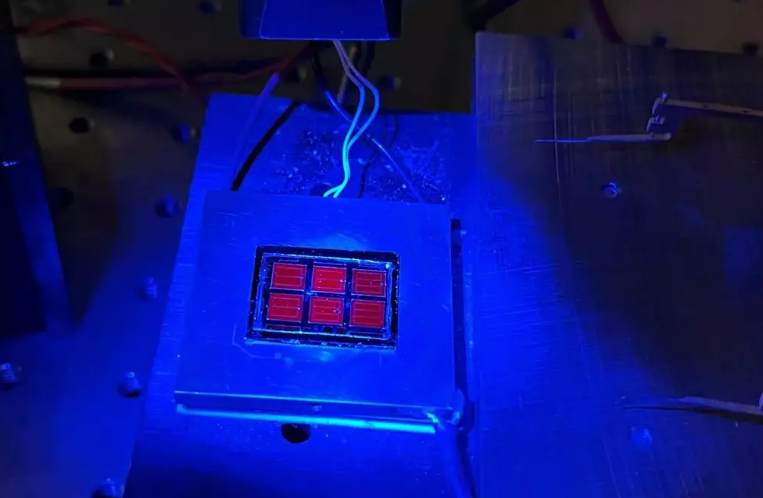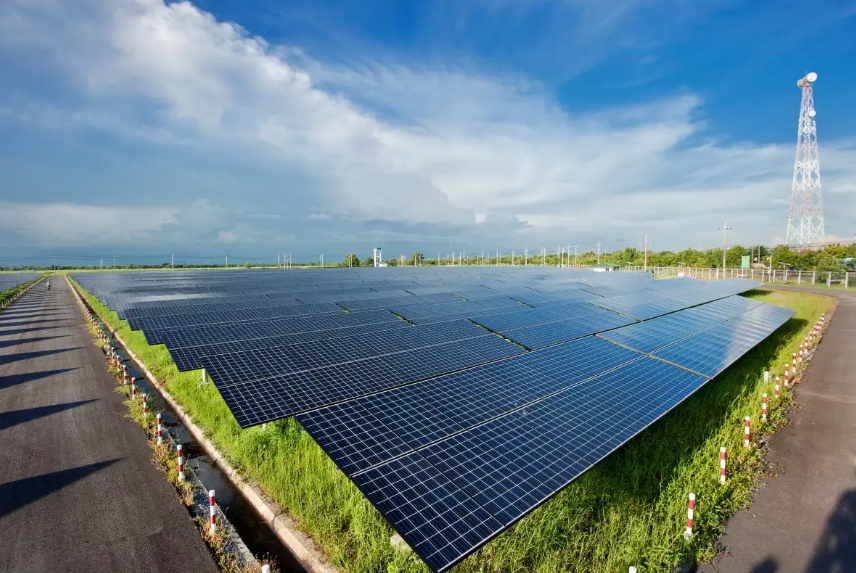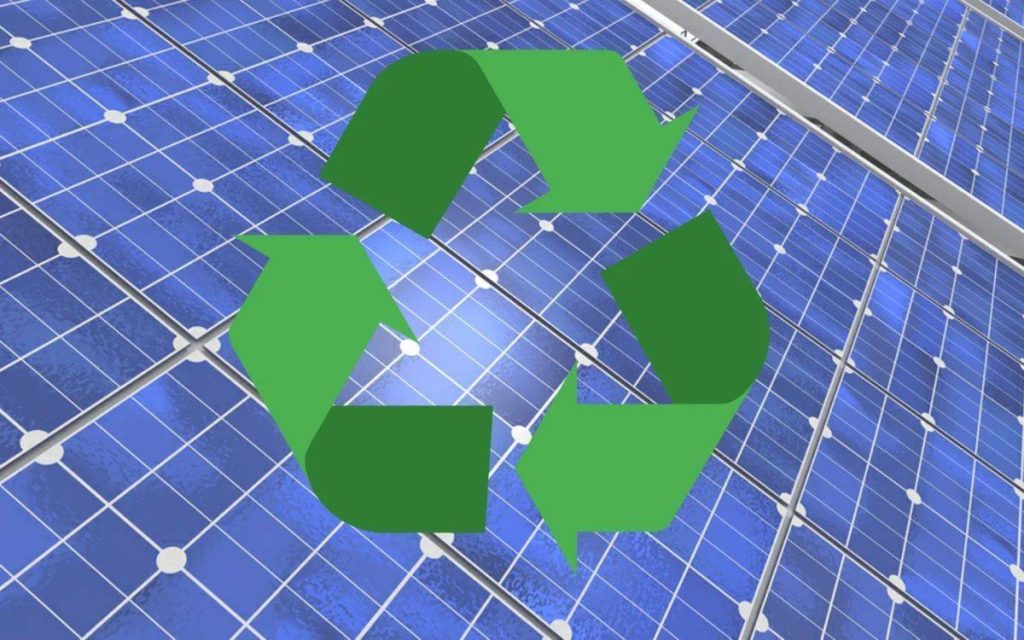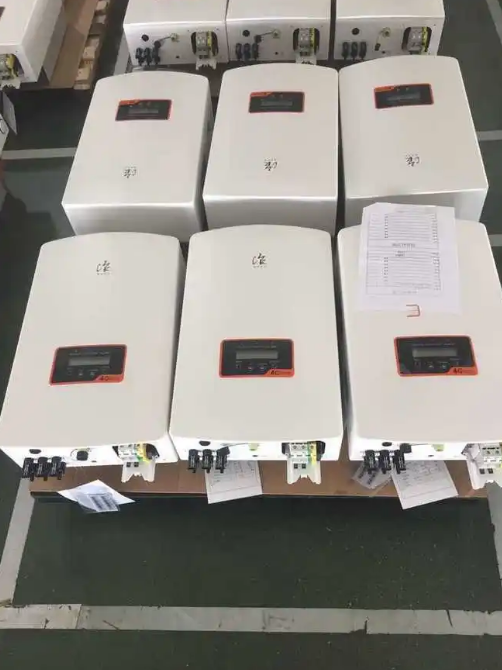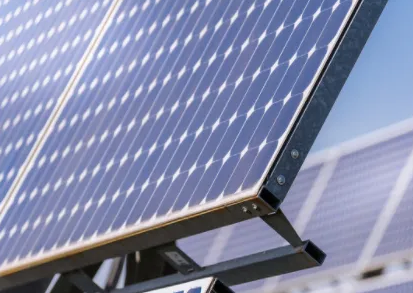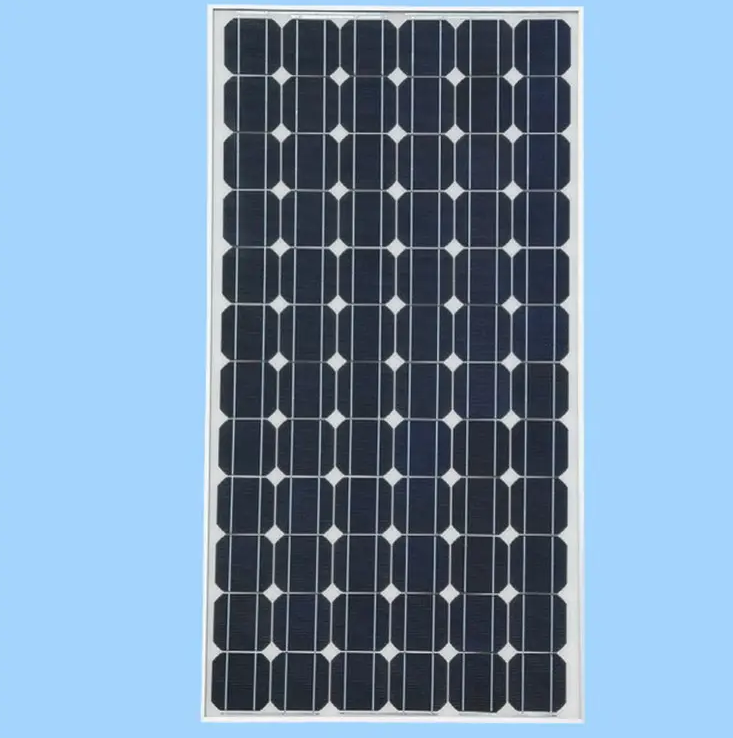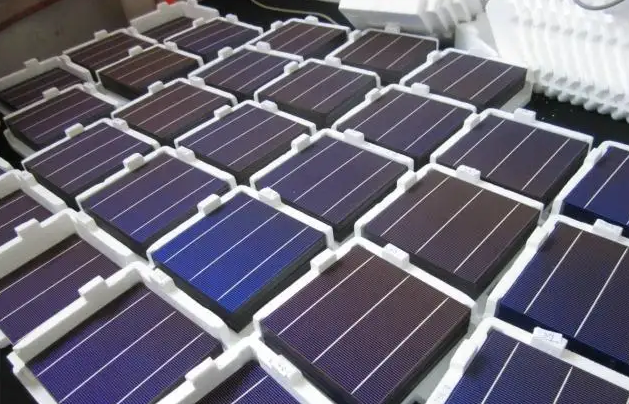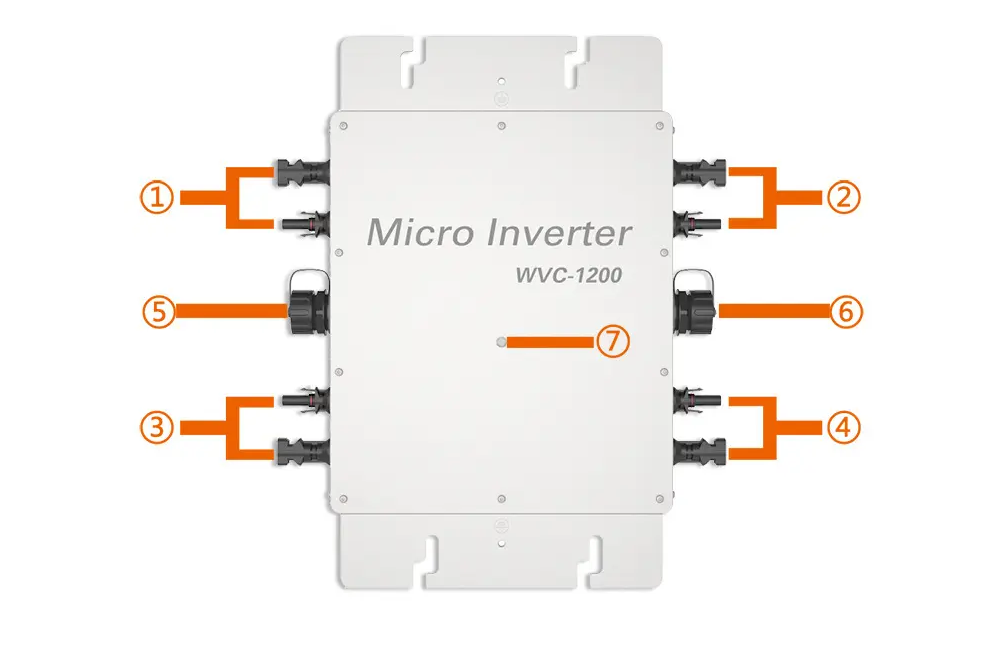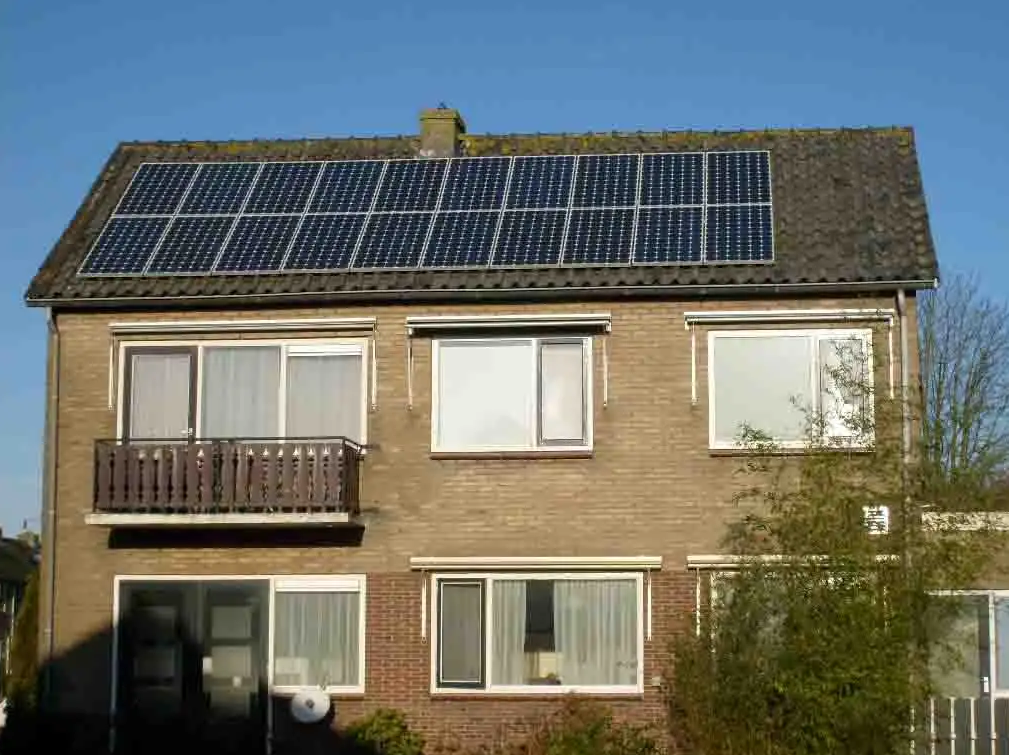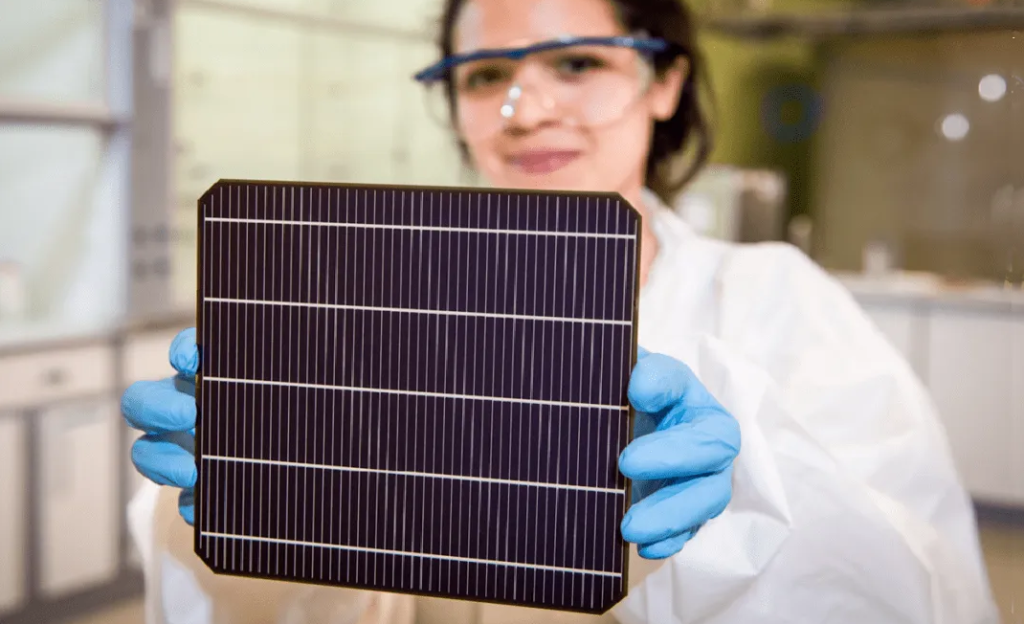NREL has developed new solar cells with an efficiency of nearly 40%
A team at the Us National Renewable Energy Laboratory (NREL) has broken the world record for solar cell efficiency. The new device reached nearly 40 percent, with the highest efficiency record of any type of solar cell under real-world conditions. NREL has developed a new solar cell with an efficiency of nearly 40%, breaking a …
NREL has developed new solar cells with an efficiency of nearly 40% Read More »

